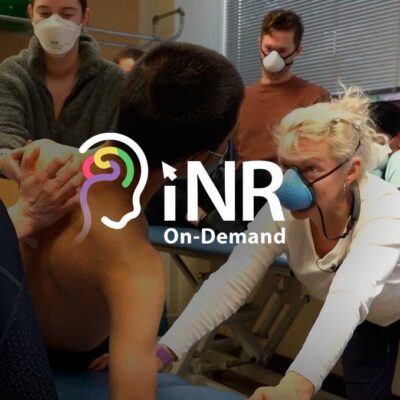
Start Learning with 30 days of unlimited access to:
This client demonstration and clinical reasoning discussion are the first of a 2 part series on postural control. It consists of:
- Client demonstration: assess the impact of the ipsi-lesional postural control deficit and subsequent influence on the client’s ability to be upright and stable against gravity.
- Clinical Assessment: Using the Model of Bobath Clinical Practice to identify the critical cues highlighted through assessment of sitting alignment, analysis of weight transfer in sitting and the facilitation of overground stepping.
- Treatment Plan: Creating single leg stance on the ipsi-lesional side, to potentiate contralateral limb selective movement.
- Additional Material: Download The completed Model of Bobath Clinical Practice summarizing the key points.
Part 2 of this series will include a postural control lecture, client demonstration followed by a question and answer session.
You may also like…
Developing Postural Control Part 1
This is a client demonstration and clinical reasoning discussion of a person with sub-acute stroke presenting with ipsi-lesional postural control deficits.
The Model of Bobath Clinical Practice summarizing the client presentation and clinical reasoning is available for download.
2 Hours
9 Learners
Start Your 30 Days of Learning...Differently Today
$89.00 (CAD) + TAX
You must be logged in to submit a review.
Both parts are very interesting!
Theoretical part: interesting exposition of the important points related to postural control. I was especially interested in the neuromodulation of motor neurons via brainstem pathways, and the exposure of the posture-movement problem. And coming to the concept of motor synergies, very interesting in postural and movement aspects. All of them already taken into account within the Bobath Concept, so that´s great!
Practical part: both in the first and second demos, aligment, orientation and stability were important to improve selective movement, spastic movement patterns, weight transfer. In patients with different functional levels and use of different postural sets suitable for each one.




